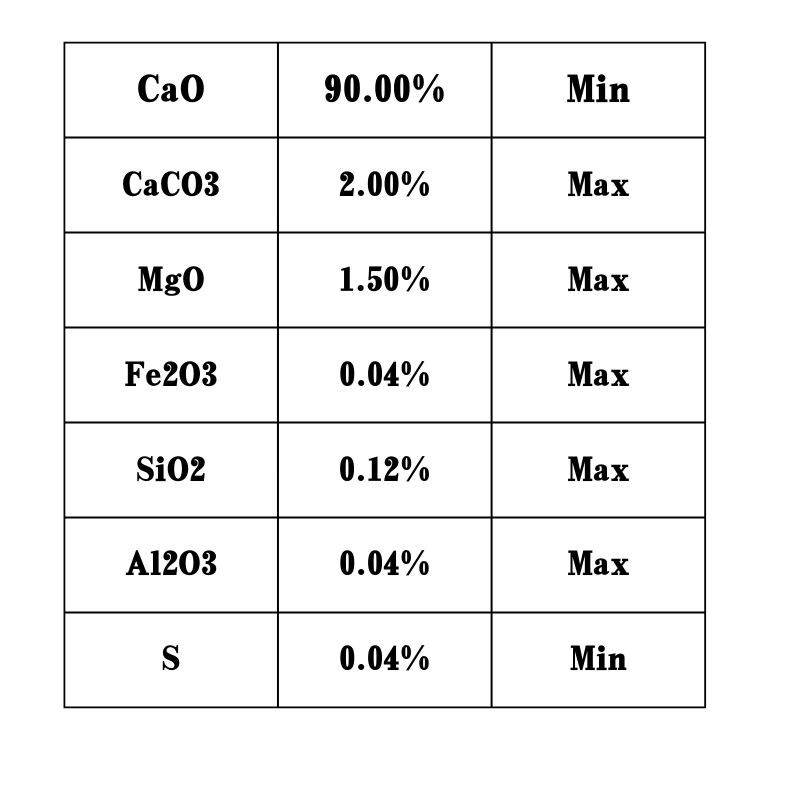
activated carbon
Activated carbon
, known for its exceptional ability to purify, is a cornerstone in industries ranging from water treatment to air purification. Its unique properties arise from an expansive surface area filled with pores that capture and hold molecules. This ancient material, first used by the Egyptians to purify water, has advanced into a contemporary essential, reflecting both technological progression and an ever-increasing demand for cleaner living environments.
The application of activated carbon in various industries showcases its versatility. In the field of water treatment, activated carbon plays an indispensable role in removing organic compounds and residual disinfectants. This ensures that consumer water remains free from harmful chemicals, directly impacting health and safety standards globally. Industrial facilities trust activated carbon systems to comply with strict environmental regulations, demonstrating its pivotal position in maintaining ecological balance.
Air purification is another domain where activated carbon shines. With pollution levels rising and air quality becoming a significant health concern, activated carbon traps pollutants and volatile organic compounds (VOCs) efficiently. Households and industries alike benefit from its use in air purifiers, making environments safer and healthier.

Moreover, the food and beverage industry relies heavily on activated carbon for decolorization and deodorization processes. Its ability to refine products without altering essential taste profiles makes it irreplaceable. For instance, in the production of alcoholic beverages, activated carbon helps to remove unwanted compounds, ensuring clarity and taste fidelity that connoisseurs expect.
From a scientific standpoint, the function of activated carbon is rooted in adsorption. This process differs from absorption, where materials permeate another substance; in adsorption, molecules adhere to the surface of the activated carbon. The surprising efficiency of this process is the result of a high degree of microporosity, with just one gram providing as much as 3000 m² of surface area.
activated carbon
The development of activated carbon products continues to evolve with advancements in technology. Researchers are continually discovering ways to enhance its adsorption abilities and regeneration for longer-term use, minimizing waste and promoting sustainability. New production techniques are being explored to improve efficiency while reducing the environmental footprint of activated carbon manufacturing.
Moreover, consumer awareness and expectation for sustainable solutions drive innovation within this sector. Amplified focus on sustainability has led to the creation of activated carbon derived from renewable resources like coconut shells and wood, which further reinforces its role as an environmentally friendly product.
One must consider the expertise required to select the appropriate type of activated carbon for specific applications. It takes a profound understanding of chemistry and the targeted pollutants to design effective systems. This in-depth knowledge ensures reliability, emphasizing the importance of consulting experts in the field when integrating activated carbon solutions into various processes.
In conclusion, the importance of activated carbon across different sectors underscores its irreplaceable role in modern society. It provides a foundation of trust, backed by scientific research and practical applications, making it an authoritative solution for purification needs. As industries continue to grow and develop with a focus on sustainability, activated carbon will not only keep pace but also set the standard for eco-friendly purification technology.
Share
-
Premium Pigment Supplier Custom Solutions & Bulk OrdersNewsMay.30,2025
-
Top China Slag Fly Ash Manufacturer OEM Factory SolutionsNewsMay.30,2025
-
Natural Lava Rock & Pumice for Landscaping Durable Volcanic SolutionsNewsMay.30,2025
-
Custom Micro Silica Fume Powder Manufacturers High-Purity SolutionsNewsMay.29,2025
-
Custom Mica Powder Pigment Manufacturers Vibrant Colors & Bulk OrdersNewsMay.29,2025
-
Custom Micro Silica Fume Powder Manufacturers Premium QualityNewsMay.29,2025






